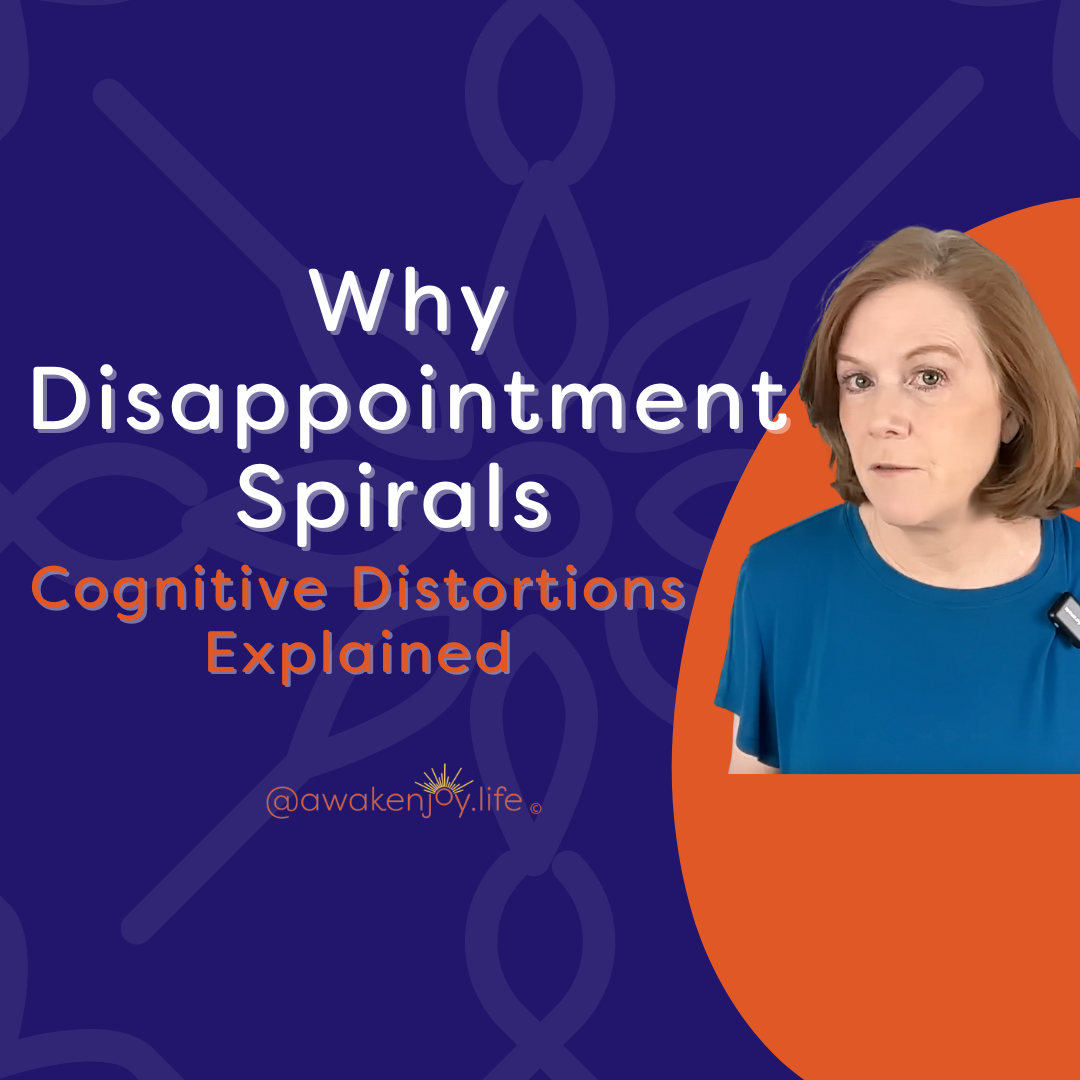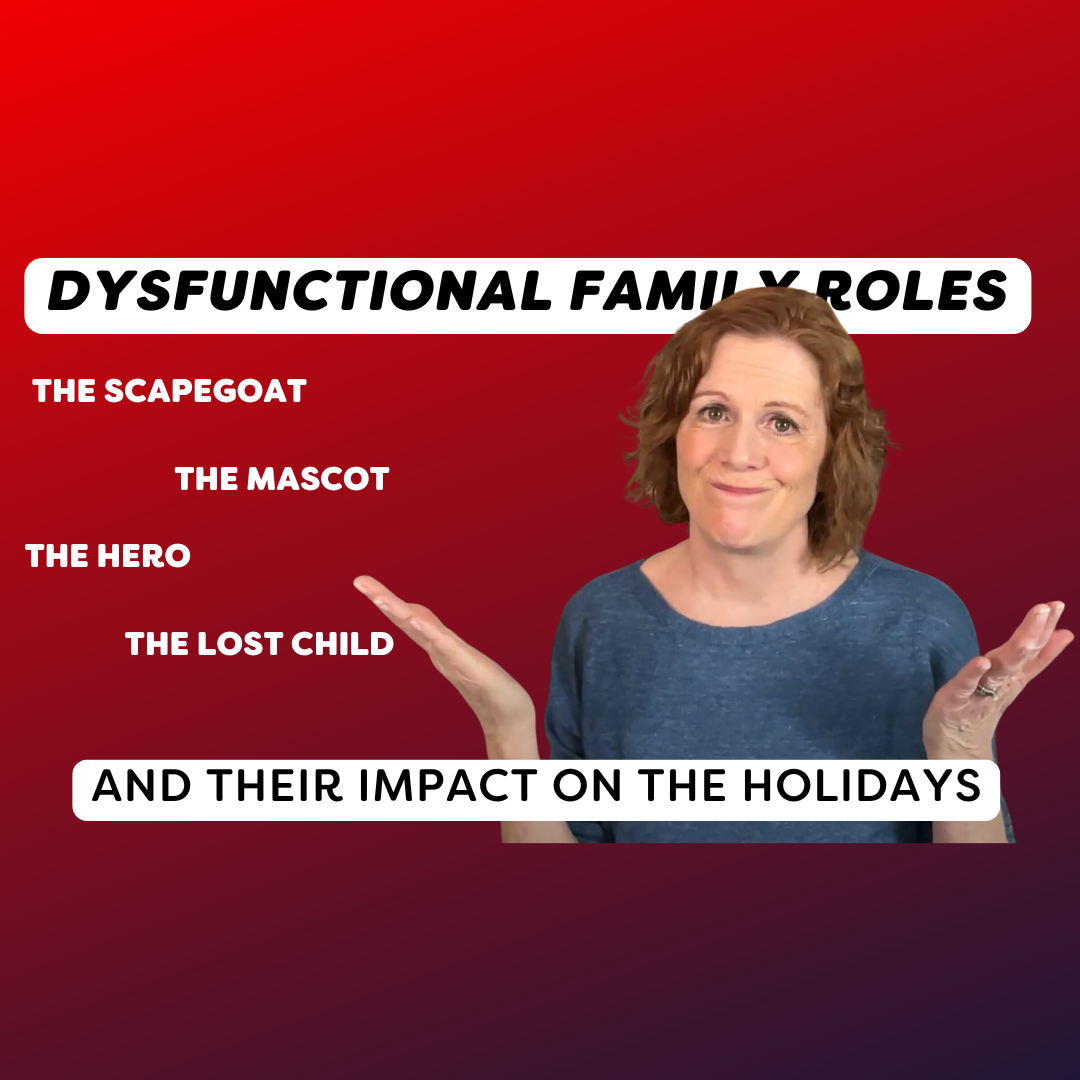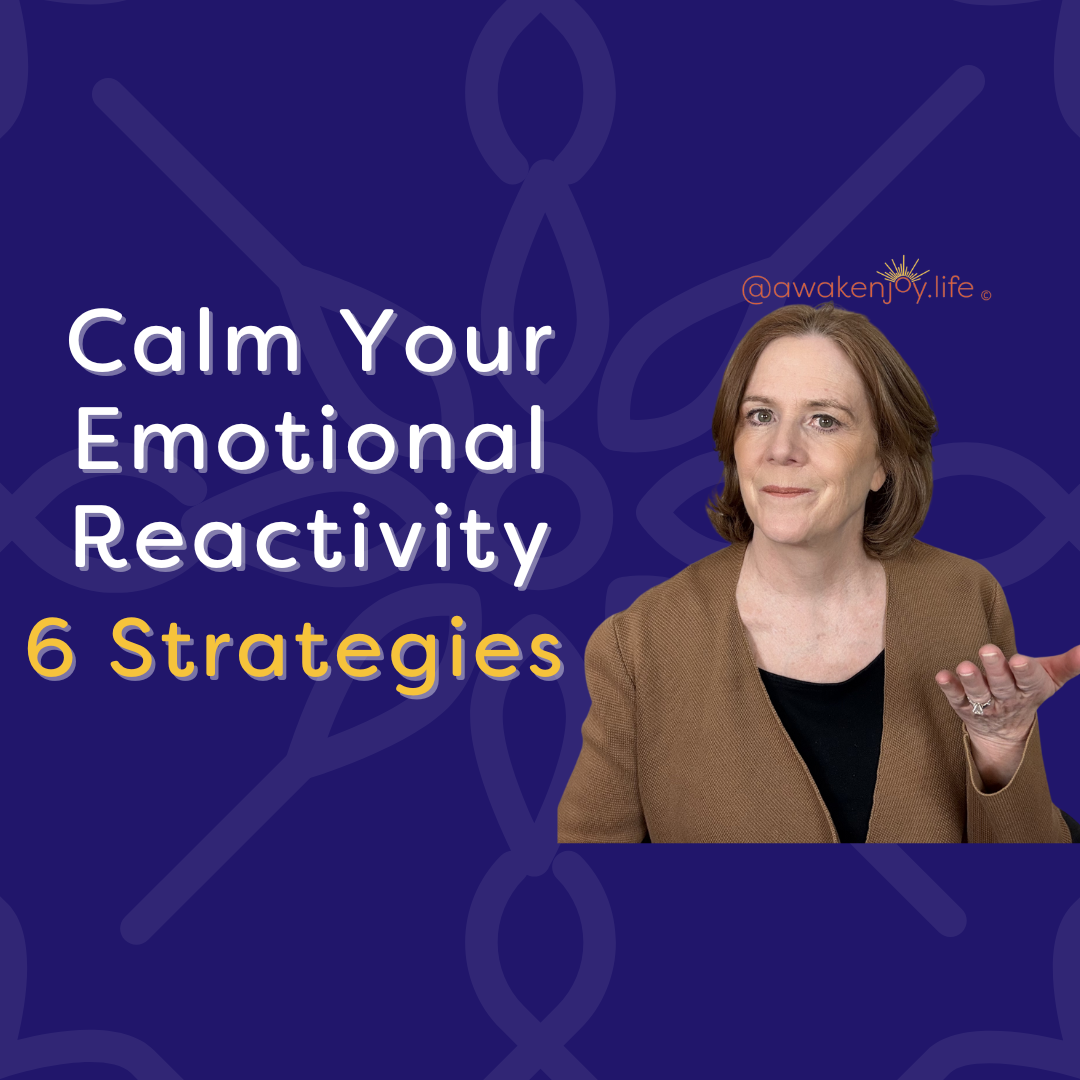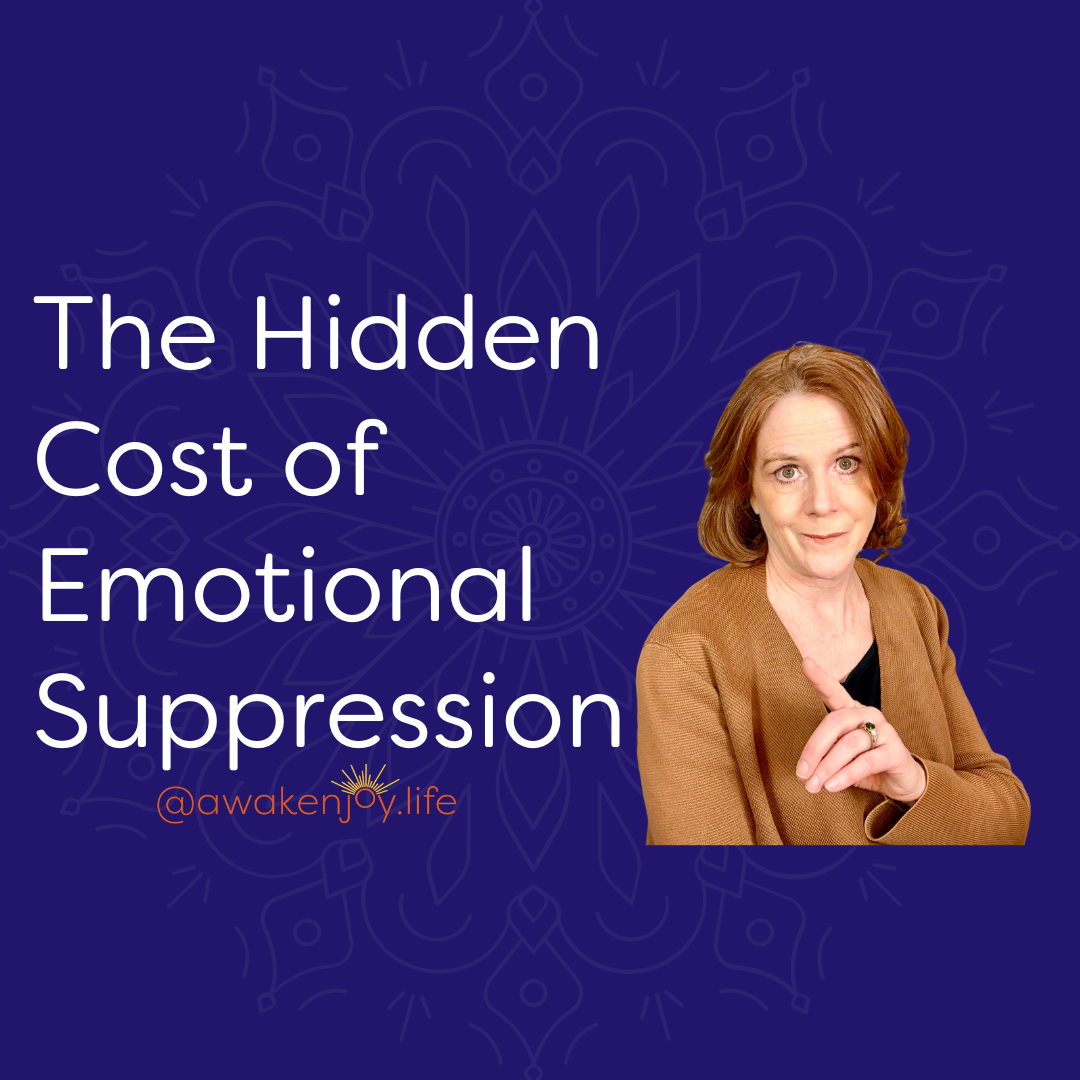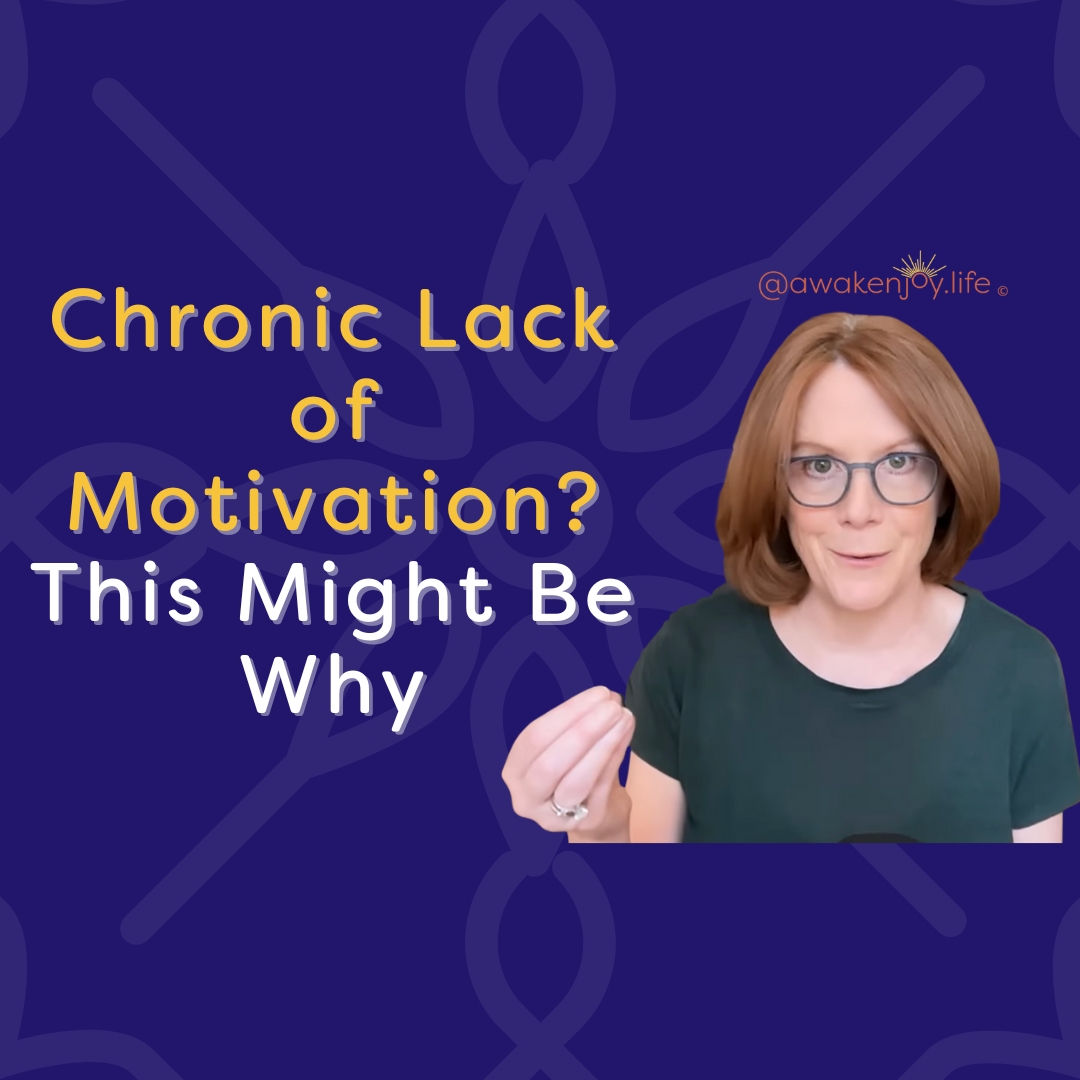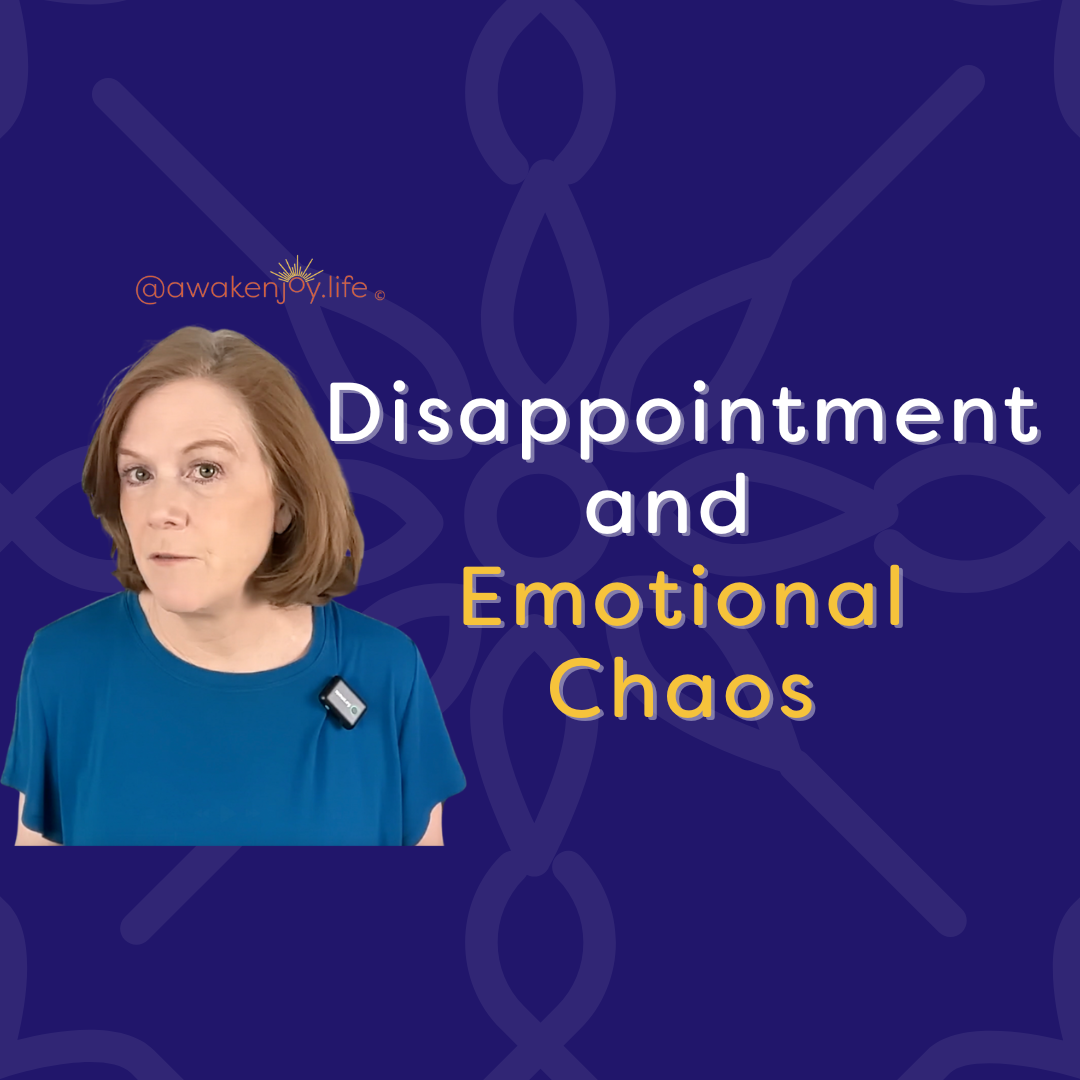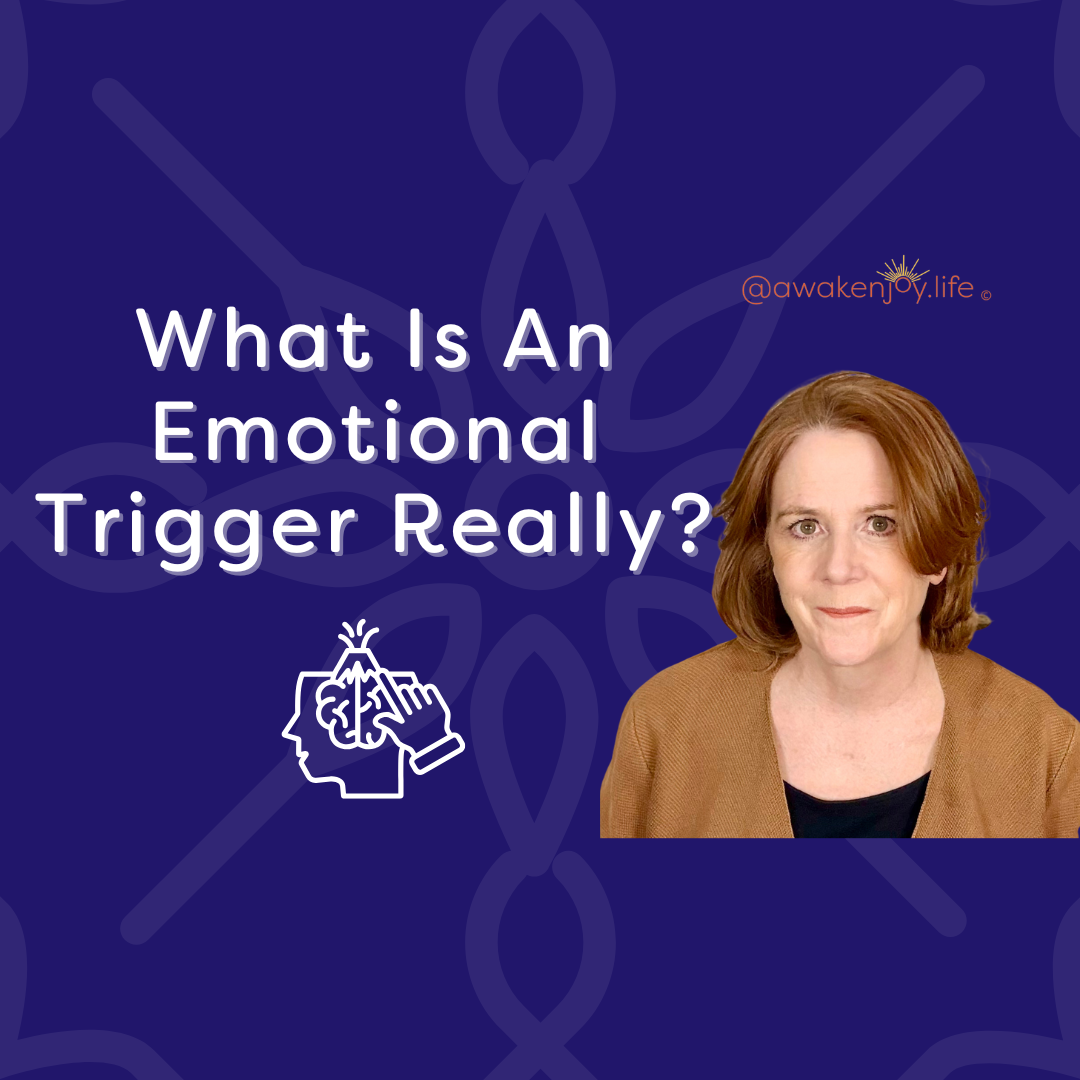Compulsive Rumination

Rumination is SO painful! You can recover from compulsive rumination. Here are 4 concepts to help you begin healing.
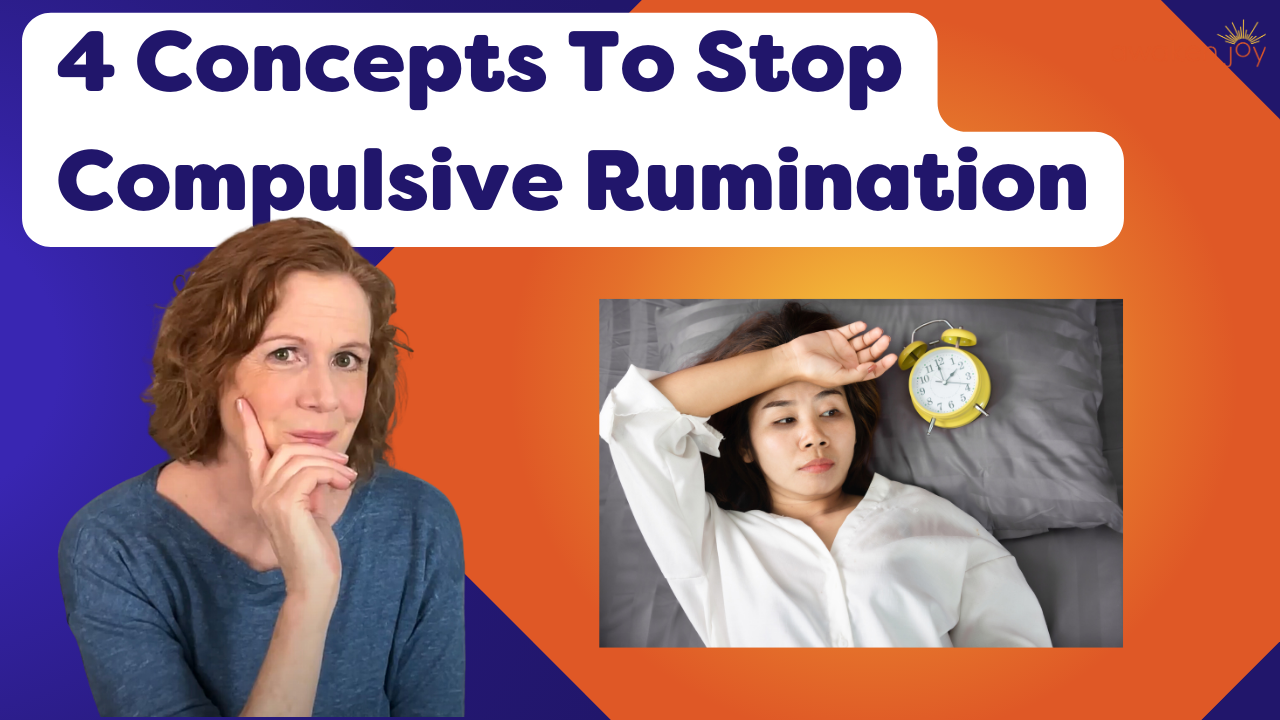
Compulsive rumination is so painful. It is so painful to have something going around and around in your head.
You don't want to be thinking about it anymore, but you still are. It intrudes, popping up all the time.
But! There is help for this.
So if you are ruminating and you feel that it is compulsive rumination, it is worth thinking about the concept of “compulsivity.” If something is a compulsion, it means that you can't not do it. But you know that not doing it is an option.
Maybe you know there is an option not to do it because other people don't do it. Or maybe there's been times in your life where you haven't done it. So, you know there's an option not to do it, but you can't not do it.
So the first thing I would like to ask you is what is the “secondary gain” that comes with that compulsion? A secondary gain is an underlying advantage. It may be hidden. And I know this will sound counterintuitive (and I can hear you saying, “How ridiculous! There is no advantage!”), but all compulsions actually do have some type of secondary gain.
Compulsive behaviors might give us a nanosecond of relief of our anxiety. Compulsive behaviors might make us feel like we're doing something productive.
So what is the compulsive rumination doing for you? Has your compulsive rumination tricked you into thinking that you need it?
For example, people with health anxiety often compulsively ruminate, and while they know it is compulsive, they also feel like, “I have to worry about this. It's my health!”
Or someone in school might feel, “I have to worry about this. I have a critical test!”
This is where knowing the concept of productive worry versus unproductive worry is helpful, which I’ll explore below!
So with that as a background, I want to talk about four things that can help you from a self-help point of view.
#1: Fully convince yourself that your rumination is not productive and understand what productive problem solving is
Our human brain is geared to look for problems. It is geared to anticipate future problems and to look at past events and identify problems so we know what to do differently in the future. Our brain is geared to doing this to help our survival.
Unfortunately, it gets off course because it can get stuck going over and over something, which is not productive.
Productive problem solving often has to bring in looking at a problem from a number of different points of view. Rumination tends to go over and over the same information from the same point of view with the same type of thinking.
Let's say we had a fight with a friend and we're worried about it. It went poorly and we can't figure out whether we did something wrong or whether they did, and we just keep going over and over it. We probably just keep feeling badly about ourselves and-or badly about our friend… and we are not getting anywhere.
If we bring in an outsider point of view, it can be very helpful. Or we journal about the situation, and explore what cognitive distortions are driving the rumination. Once those are identified, we can write out “ What can I do to think about this differently?”
That helps us move more towards problem solving.
And then, sometimes problems don't have a solution! So our brain is stuck, ruminating about a problem over and over that can't be solved.
We can't solve something that happened in the past. We can sometimes learn from it with perspective and therefore change behavior going forward, but not always. And we can't change the past.
If the problem is in the past, it can help to write about how your rumination is not helpful, identify the cognitive distortions with go with realizing that the problem can't be solved, and look for that “secondary gain.”
Because until you're fully convinced that you don't need your rumination, you won't be able to let it go.
# 2 Label Your Thoughts
So once you're fully convinced you don't need your rumination, then my recommendation is that you begin to label your thoughts. So when you are ruminating, label it. You could say it out loud, you could say it in your head, “This is rumination. This isn't helpful.”
The same thought swirls into your head, “This is rumination. This isn't helpful.”
So you interrupt it. You don’t give in to it.
You can remind yourself that our thoughts are not all true (most aren’t actually!).
Now what will help you do this is…
#3 The Observer Brain
The observer brain is the part of the brain that observes your thoughts. The observer brain is not looking at the content of what you're ruminating about (the mistake you made, the fight you had with your friend, the problem in the future). The observer brain is looking at the process. The observer brain is saying, “Hmm, that's a ruminative thought process.”
The Observer Brain is developed through mindfulness, meditation, psychotherapy, and spending time non-judgmentally observing your thoughts.
We learn a lot about ourselves when we utilize our observer brain!
And developing this part of our brain, leads to…
#4 Rewire Your Brain by Changing Habitual Patterns.
With habitual patterns, we develop a pattern of response in our brain. The activated synapses begin to fire together and become wired together! They get to know one another.
Fight with friend, boom! Thought pattern triggered! Physical feelings triggered! Boom, boom, boom! Rumination.
You can think about your brain as if you're walking a path on your lawn or in the woods or wherever. The more you walk it, the deeper the groove gets.
So, putting in place those things that can cut that pattern is part of the recovery process.
There are a number of different techniques and approaches that do this. The main thing to keep in mind is that when we have a behavior that is linked with a type of thought, that is reinforced. So if we can change either the thought or the behavior that goes with it, we are beginning to rewire our brain.
I have a free webinar called
Rewire Your Brain for joy and Confidence which focuses on how and why these habitual patterns develop and what we can do about them. I talk about how we can actually change the chemical composition and the gray matter of our brain through our thoughts and behaviors!
Let me know what you thought of this blog in the comments below, and feel free to ask any questions!
And if you'd like to view this material in
video format, please click here.
Blog Author: Barbara Heffernan, LCSW, MBA. Barbara is a licensed psychotherapist and specialist in anxiety, trauma, and healthy boundaries. She had a private practice in Connecticut for twenty years before starting her popular YouTube channel designed to help people around the world live a more joyful life. Barbara has a BA from Yale University, an MBA from Columbia University and an MSW from SCSU. More info on Barbara can be found on her bio page.
Share this with someone who can benefit from this blog!
